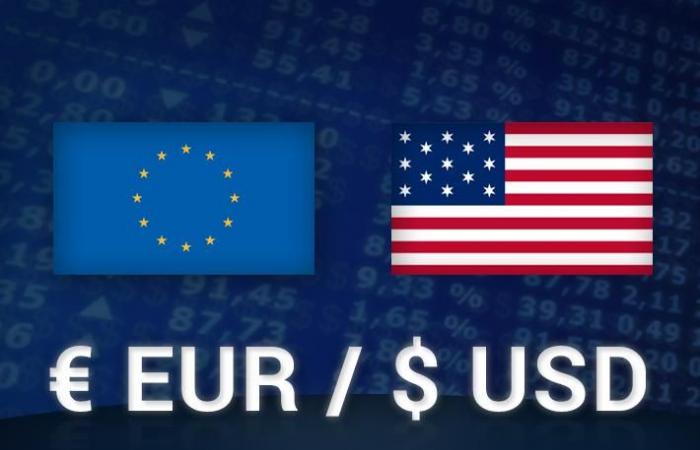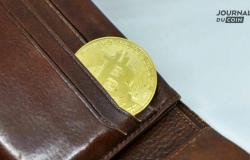Around 5:35 p.m., the Japanese currency lost 0.69% against the greenback, at 160.82 yen per dollar.
Weakened by accommodating Japanese monetary policy, the yen hit its lowest level since 1986 against the dollar on Wednesday, fueling speculation about a new intervention by the Japanese authorities to support their currency.
By once again crossing the threshold of 160 yen per dollar to fall even lower, the Japanese currency is evolving at levels similar to those which had generated Tokyo’s previous interventions on the foreign exchange market at the end of April and the beginning of May.
The Japanese currency has also reached depths not seen since December 1986 and the bursting of the speculative real estate and financial bubble in Japan, at 160.82 yen per dollar (around 3:35 p.m. GMT).
After a first series of interventions with limited effects, some market players “wonder whether the Japanese authorities will try to stem the weakness of the yen by intervening (again, editor’s note) directly in the foreign exchange market”, notes Kathleen Brooks, analyst at XTB.
Faced with these critical levels, Japanese Deputy Finance Minister Masato Kanda said on Wednesday that he was “seriously concerned by the recent rapid weakening of the yen”, assuring “to closely monitor market trends with a high sense of urgency”, reports the Bloomberg agency.
Rumors of intervention
“We are ready to take appropriate measures at any time in the event of excessive fluctuations based on speculation,” Mr. Kanda had already warned on Monday.
At the end of May, the Ministry of Finance revealed that Japan had released around $62 billion between the end of April and the end of May to support its currency.
According to observers, Japanese authorities acted on April 29 when the dollar reached 160.17 yen, the lowest against the dollar since 1990, and again on May 2.
At this stage, “it is possible that currency traders will try to bring down the yen in order to test the determination of the Japanese authorities,” said David Morrison, analyst at Trade Nation.
Some investors believe that the next level leading to Japanese intervention could be 165 yen to the dollar, and not 160 yen as previously.
This is the opinion of Kathleen Brooks, of of the currency, “it could then let the yen continue to weaken and entrust the Bank of Japan (BoJ) with the task of stimulating the yen by tightening its monetary policy” at its next meeting at the end of July.
Large rate gap
The yen remains weakened by the accommodative monetary policy of the Bank of Japan (BoJ), which only ended the negative rates it had been practicing since 2016 in March, contrary to other central banks which have been raising theirs for two years in the face of inflation.
At its last meeting in June, the monetary institution kept its short-term interest rate between 0% and 0.1%, but announced that it would reduce its massive purchases of Japanese government bonds, a new step in the very gradual normalization of its monetary policy.
Before any drastic change in its monetary policy that could penalize the dynamics of price increases, the BoJ is however seeking to generate stable inflation of 2% driven by demand, thanks to wage increases and a strengthening of domestic consumption.
If inflation in Japan accelerated in May to 2.5% year-on-year excluding fresh products, it was slightly lower than expected, and, excluding energy, marks a ninth consecutive month of slowdown, which does not play a role not necessarily in favor of a further increase in rates from the BoJ, analysts judge.
The greenback is favored by investors “compared to currencies whose central bank is more accommodating or whose interest rates are significantly lower than those of the United States” as is the case for the yen, summarizes Fawad Razaqzada, analyst at City Index.
Higher interest rates are more profitable for investors. And the big gap between the United States and Japan risks further widening.
At present, the dollar is also benefiting from a positive dynamic thanks to the uncertainties over the evolution of inflation in the United States, the possibility of a further increase in American interest rates this year being not ruled out by the Federal Reserve.
Wednesday around 3:35 p.m. GMT (5:35 p.m. in Paris), the Japanese currency lost 0.69% against the greenback, at 160.82 yen per dollar.






